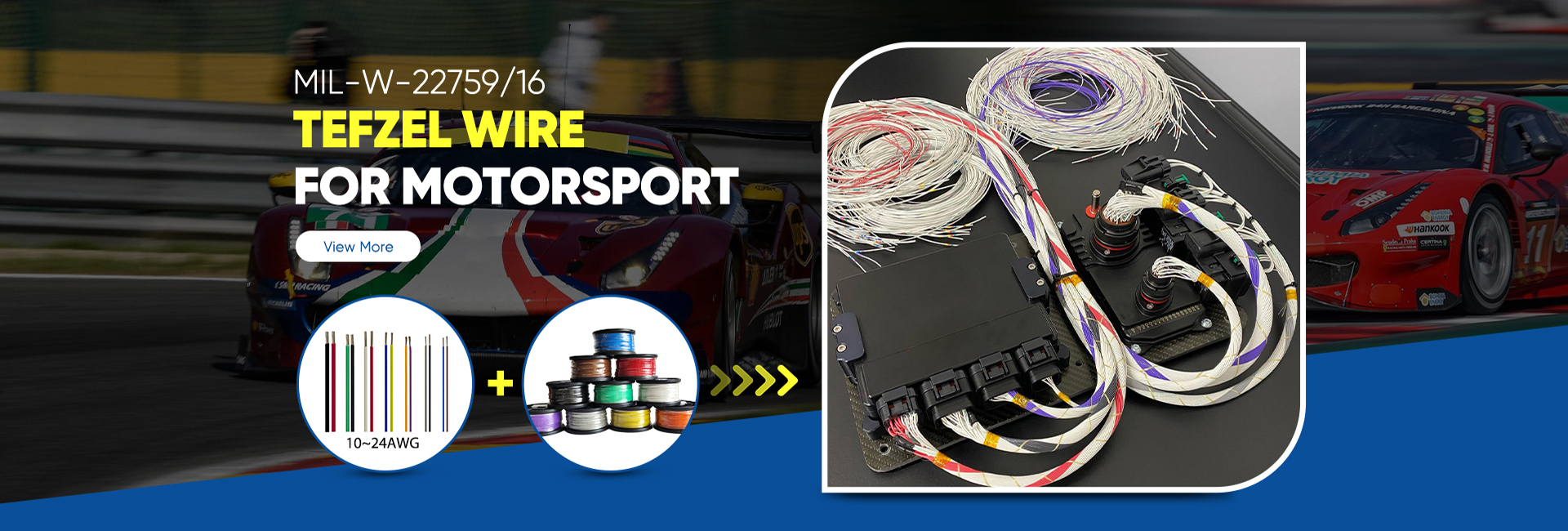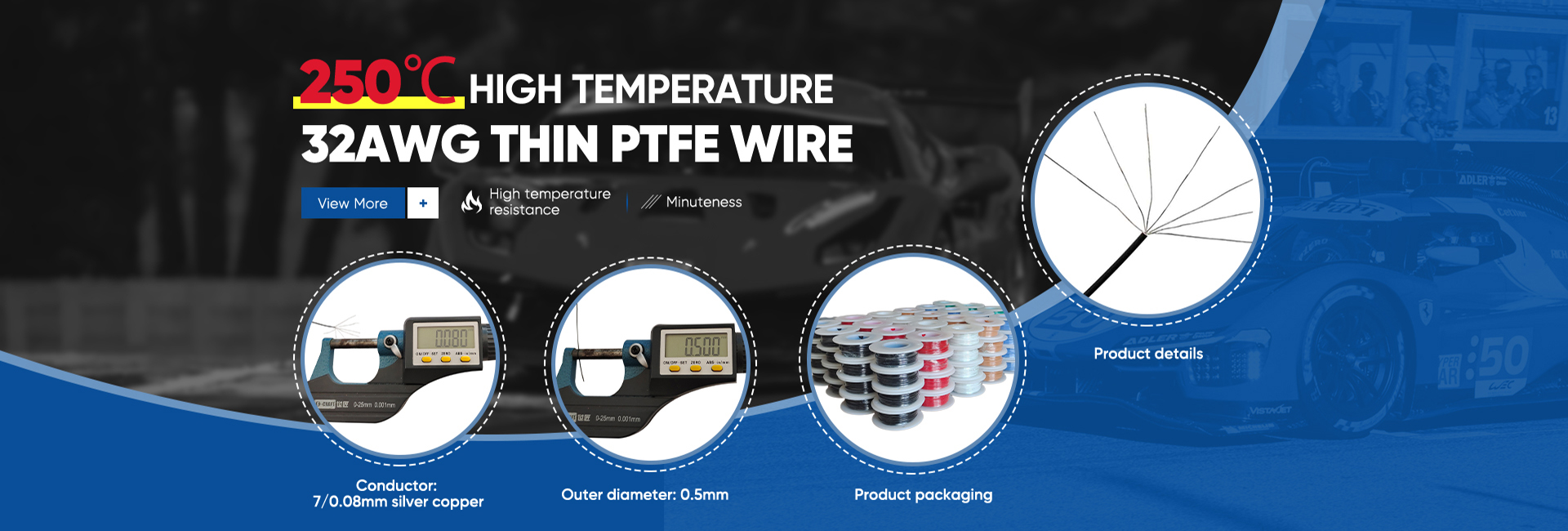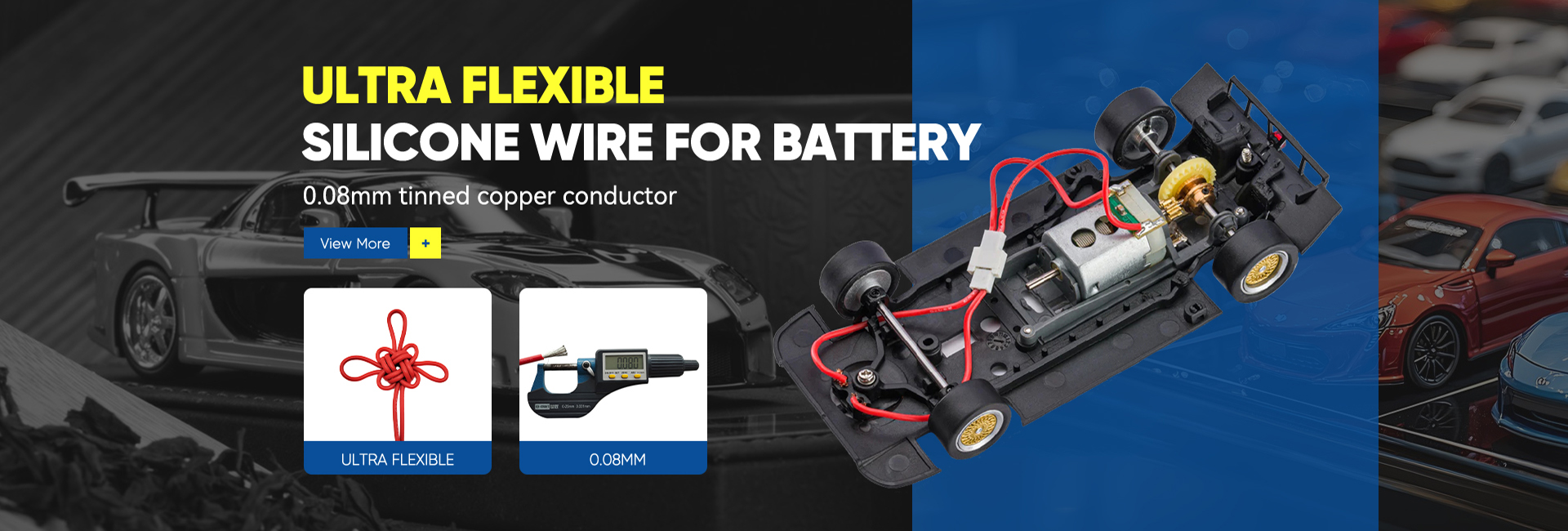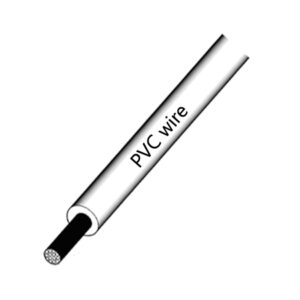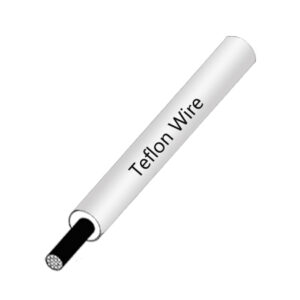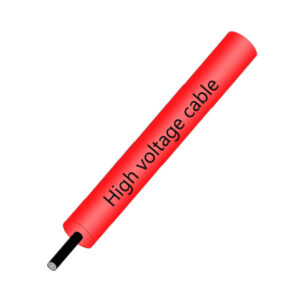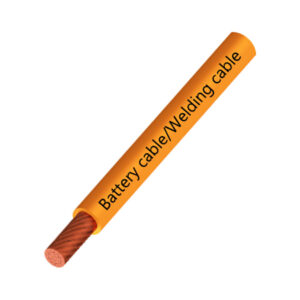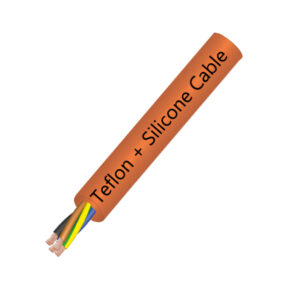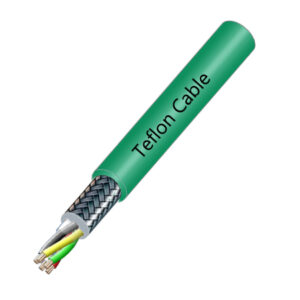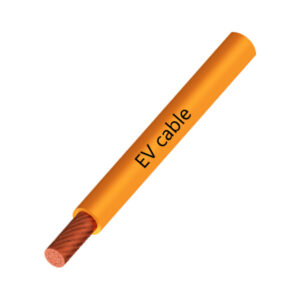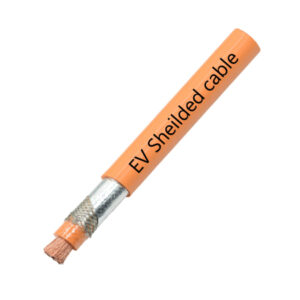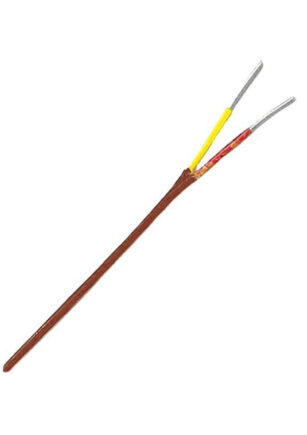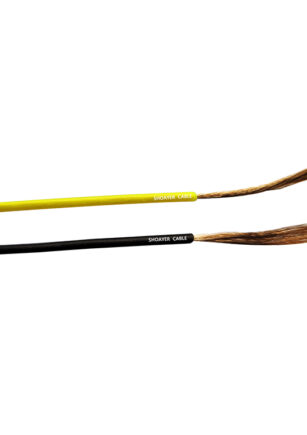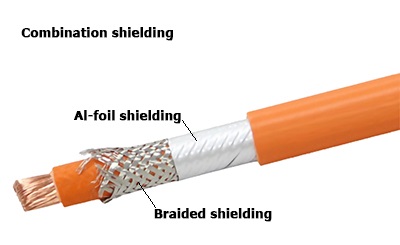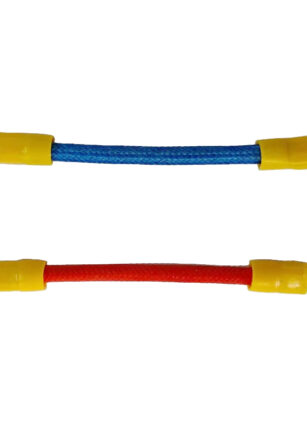[tpe widget="select2/tpw_select2.php"]
Product Categories
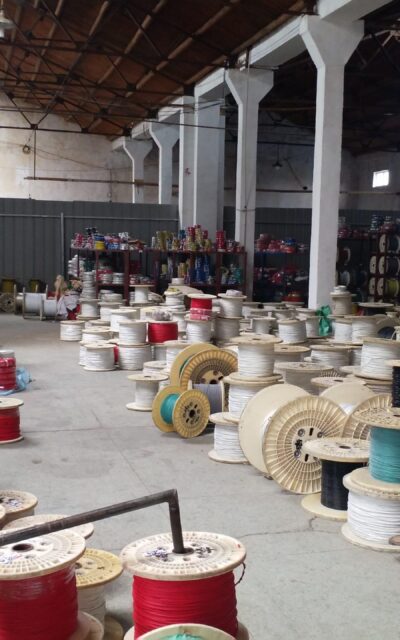
Shanghai Shoayer Wire & Cable Co., Ltd
You can rely on Shanghai Shoayer to be your trusted partner. You can count on our superb customer service and attention to detail.
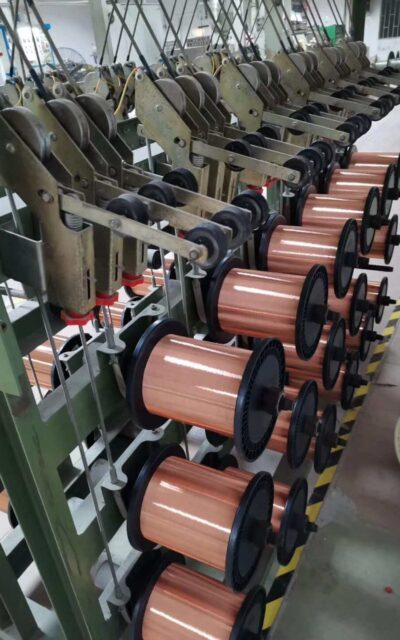
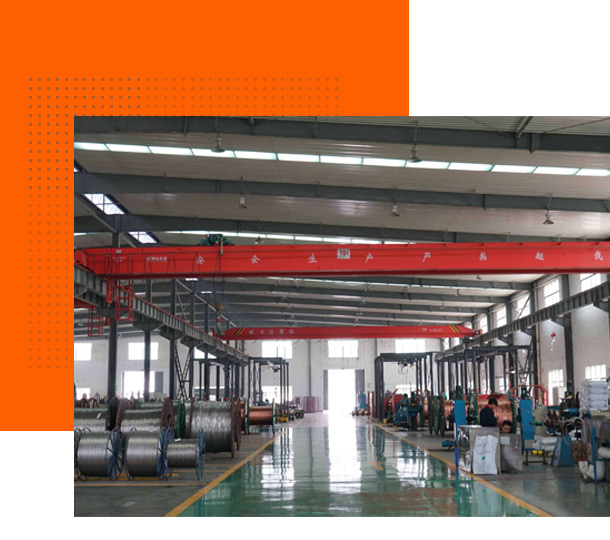
Why Choose Us?
As part of our overall effort to provide quality, cost effective, and timely solutions for your cable requirements, we have a dedicated and knowledgeable team of customer service representatives ready to receive your call.
Whatever your needs, from product information and availability, placing an order, or reviewing its status, we’re here to assist you.
Our News
Customized super soft silicone wire
It’s customized super soft silicone wire for baby car toy
| Shoayer Part Number | SYAGCR-0-20/273 | |
| Rated Voltage | 300/500V | |
| Rated Temperature | ﹣60℃~﹢200℃ | |
| Conductor | Material | Bare copper |
| AWG | 2AWG | |
| Composition (No.* mm) | 7/39/0.05mm | |
| Diameter | 1.0mm | |
| Insulation | Material | Silicone rubber |
| Thickness | 0.40mm | |
| Outer Diameter (mm) |
1.80±0.05mm | |
| Color | Optional | |
| Package | 2000m/spool | |
| Estimate weight | 7.1km/kg | |
| Max conductor resistance DC 20℃ | 34Ω/km | |
Different shielding materials serve different purposes of the cables
There are three common types of shielding used in cables: foil shielding, braided shielding, and combination (foil and braided) shielding.
1. Foil shielding: Foil shielding consists of a thin layer of aluminum or copper foil wrapped around the cable. It provides protection against electromagnetic interference (EMI) by preventing external electromagnetic signals from entering or interfering with the signal transmitted through the cable. Foil shielding is particularly effective at high frequencies.
2. Braided shielding: Braided shielding is made up of a woven mesh of fine metal wires, typically copper or tinned copper. It offers excellent flexibility and provides a higher level of EMI shielding compared to foil shielding. Braided shielding is particularly effective at low frequencies and provides better coverage against low-intensity magnetic fields.
3. Combination (foil and braided) shielding: Combination shielding combines the advantages of both foil and braided shielding. It provides a high level of protection against both EMI and radio frequency interference (RFI) across a wide frequency range.
Overall, these shielding materials help to maintain the integrity and quality of the electrical signal transmitted through the cable by minimizing interference from external electromagnetic sources. They ensure that the desired signal remains strong and clear, thus improving the overall performance and reliability of the cable system.
Why the high MOQ for PTFE material wires and cables?
The high minimum order quantity for PTFE material wires and cables can be attributed to several reasons.
1. Specialized Material: PTFE is a specialized and high-performance material with exceptional electrical insulation, heat resistance, chemical resistance, and moisture resistance properties. This makes PTFE cables suitable for demanding applications in industries like aerospace, telecommunications, and medical devices.
2. Complex Manufacturing Process: PTFE cables require a complex manufacturing process and specialized equipment. The production costs are generally higher compared to standard materials. To ensure efficient utilization of production facilities and resources, manufacturers often require customers to meet a higher minimum order quantity.
3. Limited Availability of Raw Materials: PTFE raw materials are sourced from a small number of suppliers. This limited availability can drive up costs and necessitate larger orders to justify the production and procurement expenses.
4. Customization Requirements: PTFE wires and cables often require customization based on specific requirements such as insulation thickness, conductor size, and jacket material. Customizing smaller quantities can be time-consuming, inefficient, and costly for manufacturers. Therefore, they prefer higher minimum order quantities to streamline production and achieve economies of scale.
In conclusion, the unique properties of PTFE, coupled with complex manufacturing processes, limited availability of raw materials, and customization requirements, contribute to the higher minimum order quantities for PTFE wires and cables.
The production processes of silicone braided wire harnesses
The production processes of silicone braided wire harnesses typically involve several steps. Here is an overview of the common production process:
1. Conductor : The process starts with selecting the appropriate gauge and type of wire according to the specific requirements of the wire harness. This includes considering factors such as voltage rating, current capacity, and environmental conditions.
2. Insulation : A layer of silicone insulation is applied over the braided wires. This insulation provides electrical insulation, protection from environmental factors like moisture, heat, and chemicals, and adds extra mechanical robustness.
3. Braiding: Silicone-coated fibers or threads are woven or braided tightly over the wires to protect and reinforce them. This braiding process helps to enhance the mechanical strength, flexibility, and abrasion resistance of the harness.
4. Wire Cutting and Stripping: The selected wires are cut to the desired length and then the insulation is stripped from the ends to expose the conductor.
5. Terminal and Connector Installation: The wire ends are then fitted with appropriate terminals or connectors, which can include crimp connectors, solder terminals, or specialized connectors based on the application requirements.
6. Wire Identification: If necessary, the wires in the harness are identified by adding labels, markers, or color-coded sleeves. This helps in the installation and maintenance of the wire harness.
7. Testing and Quality Assurance: Once the wire harness is assembled, it undergoes various electrical tests such as continuity checks, insulation resistance tests, and insulation integrity tests to ensure that it meets the required quality standards.
8. Final Assembly: Finally, any additional components such as protective sleeves, heat shrink tubing, or mounting brackets are installed to complete the wire harness assembly.
It’s important to note that the specific production processes may vary depending on Shoayer Cable.

